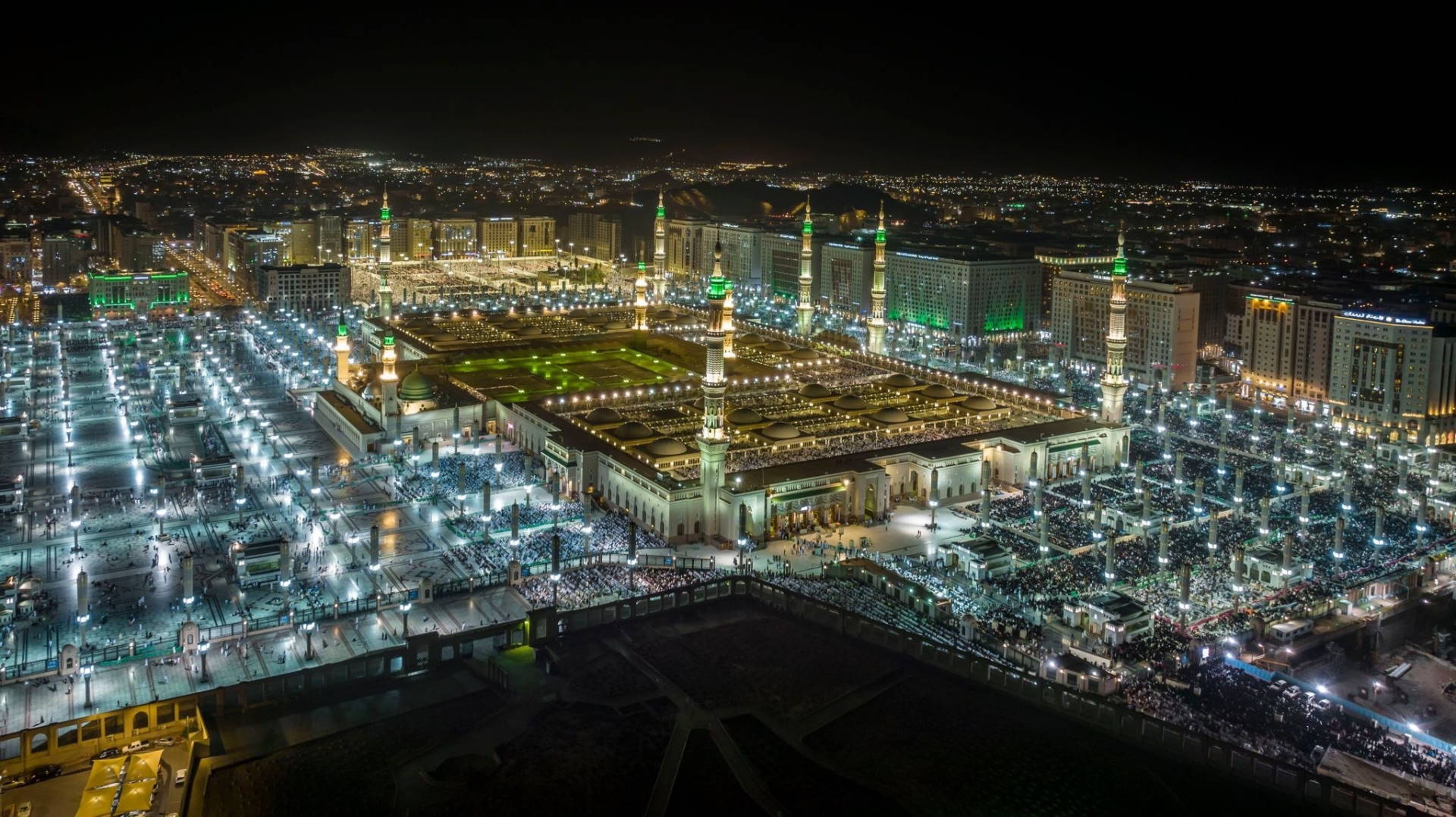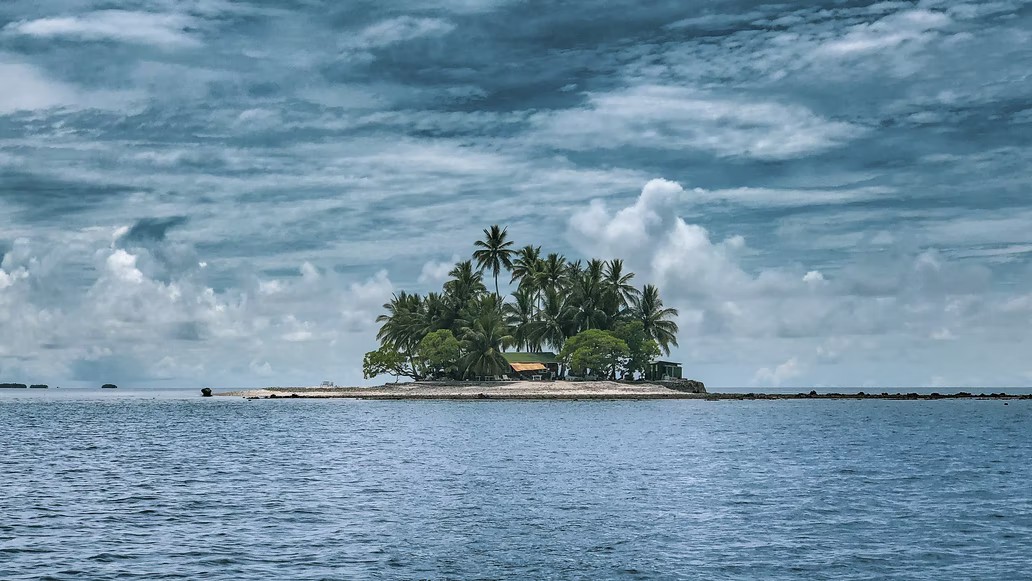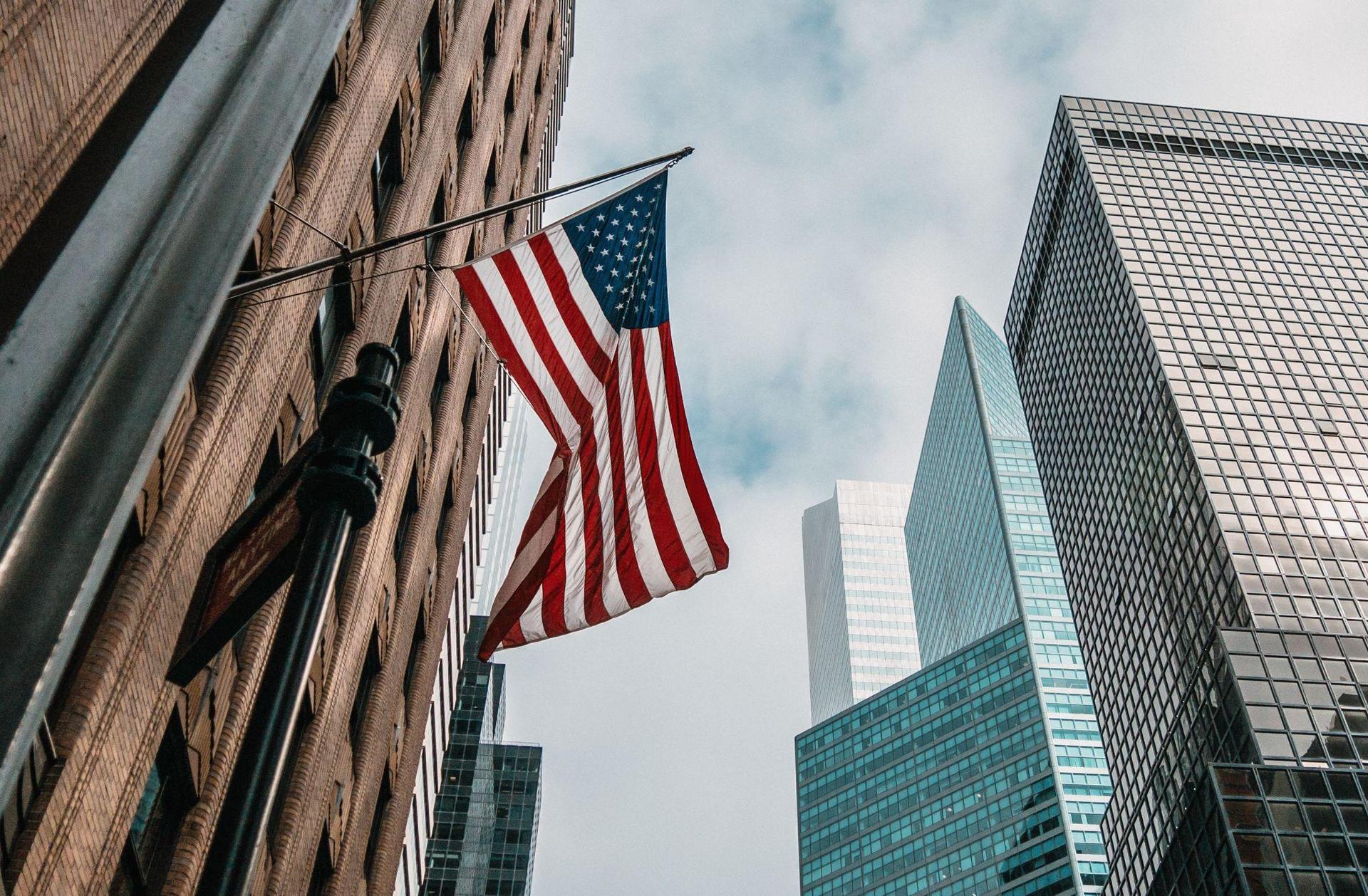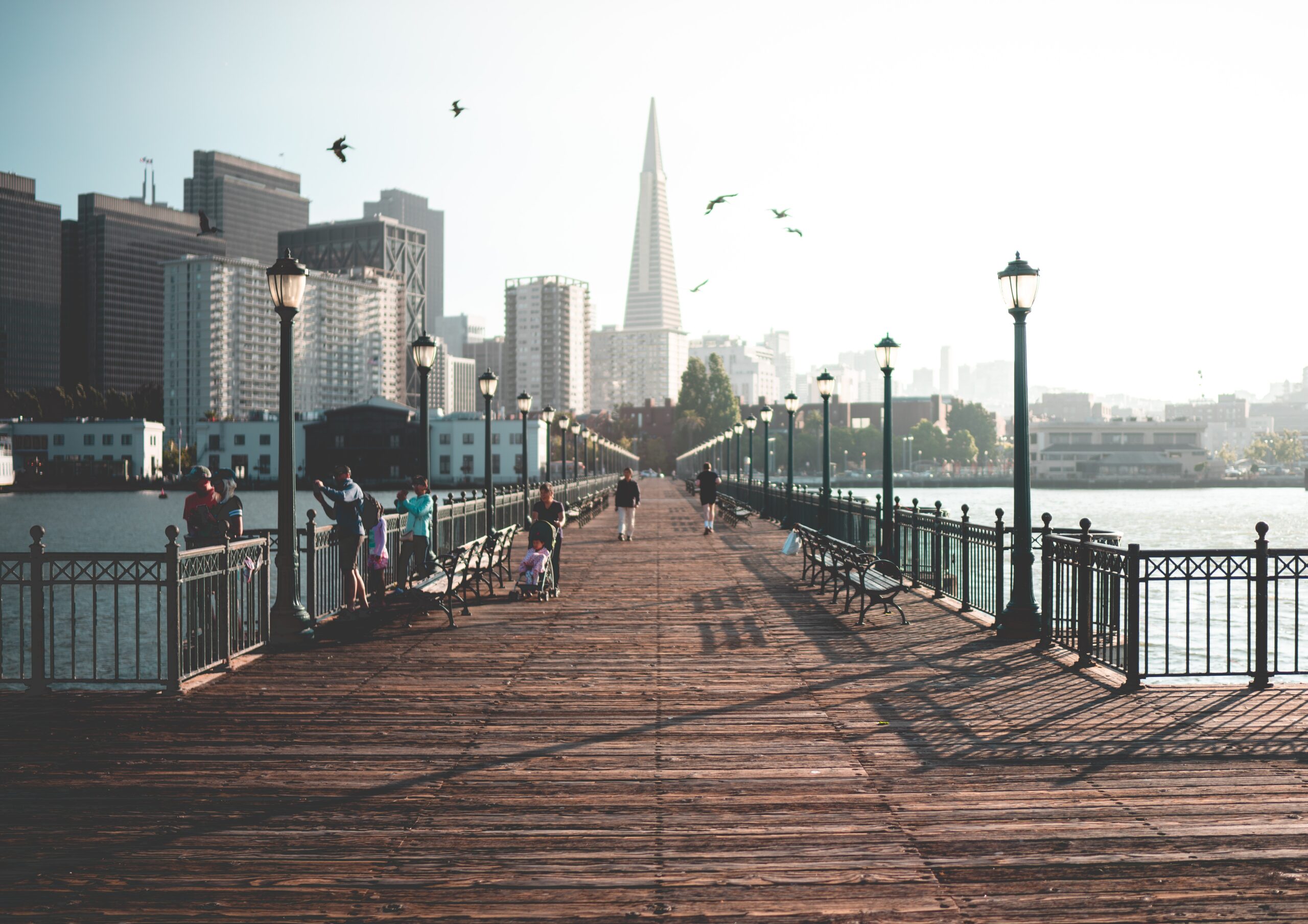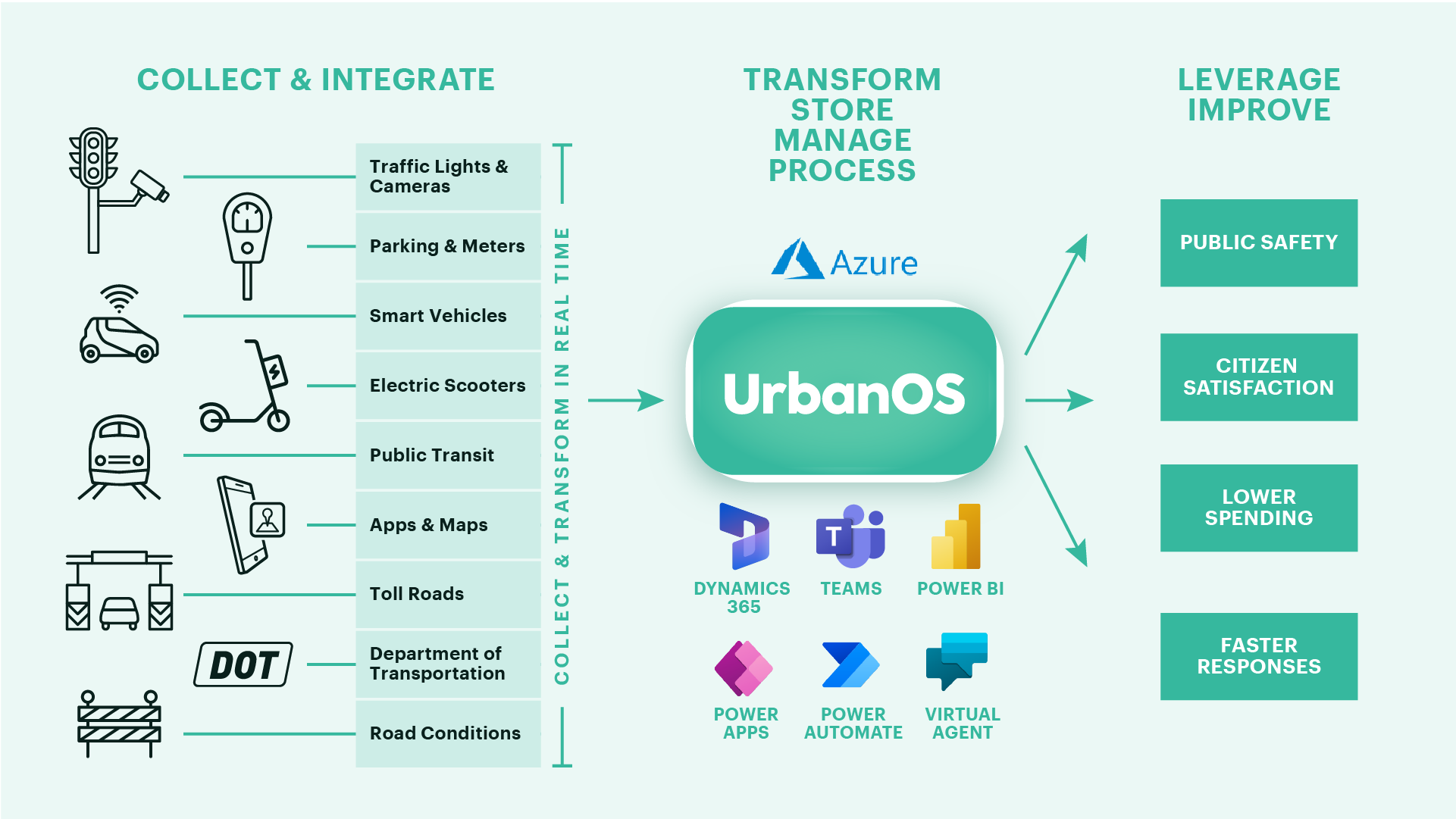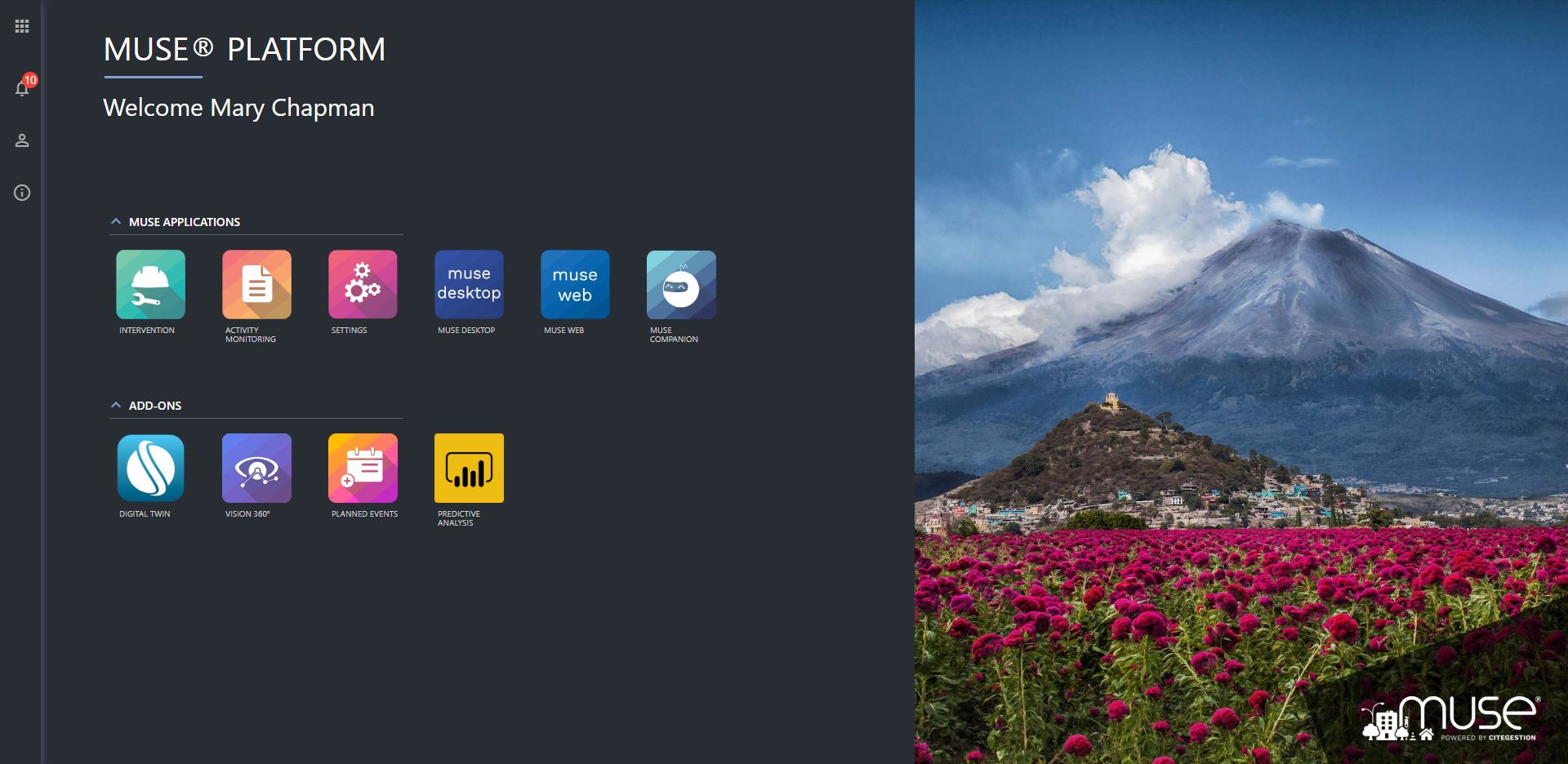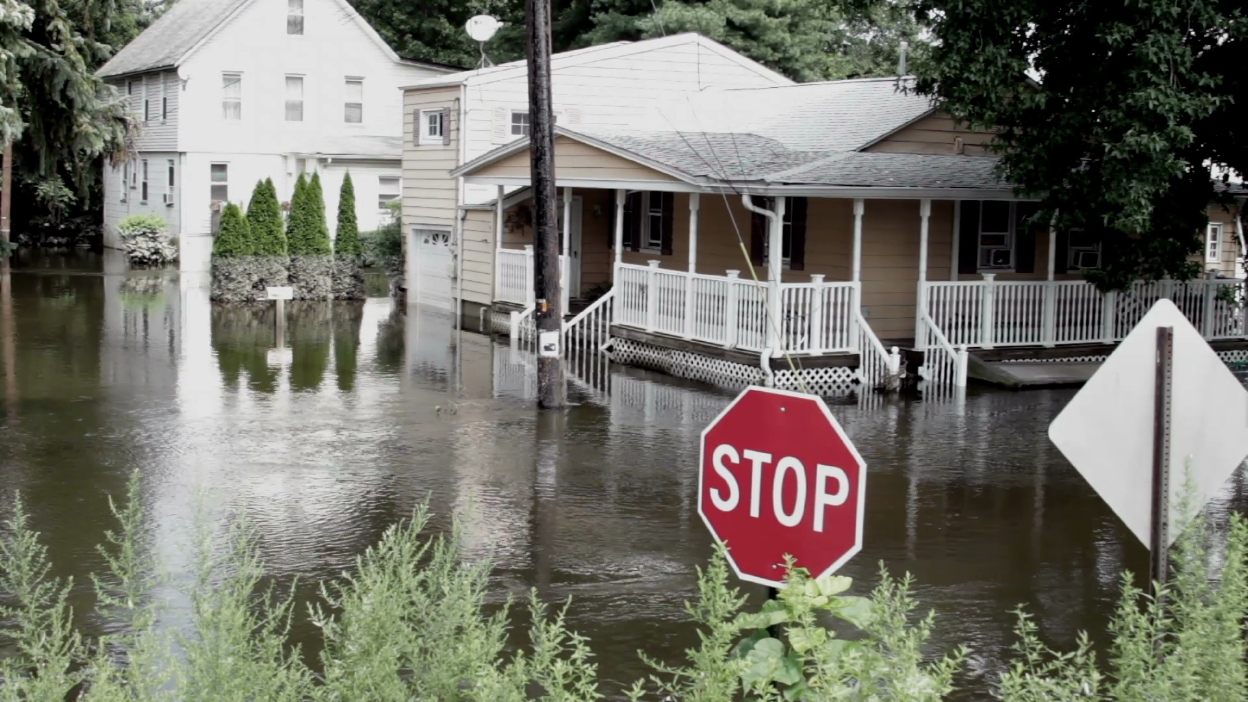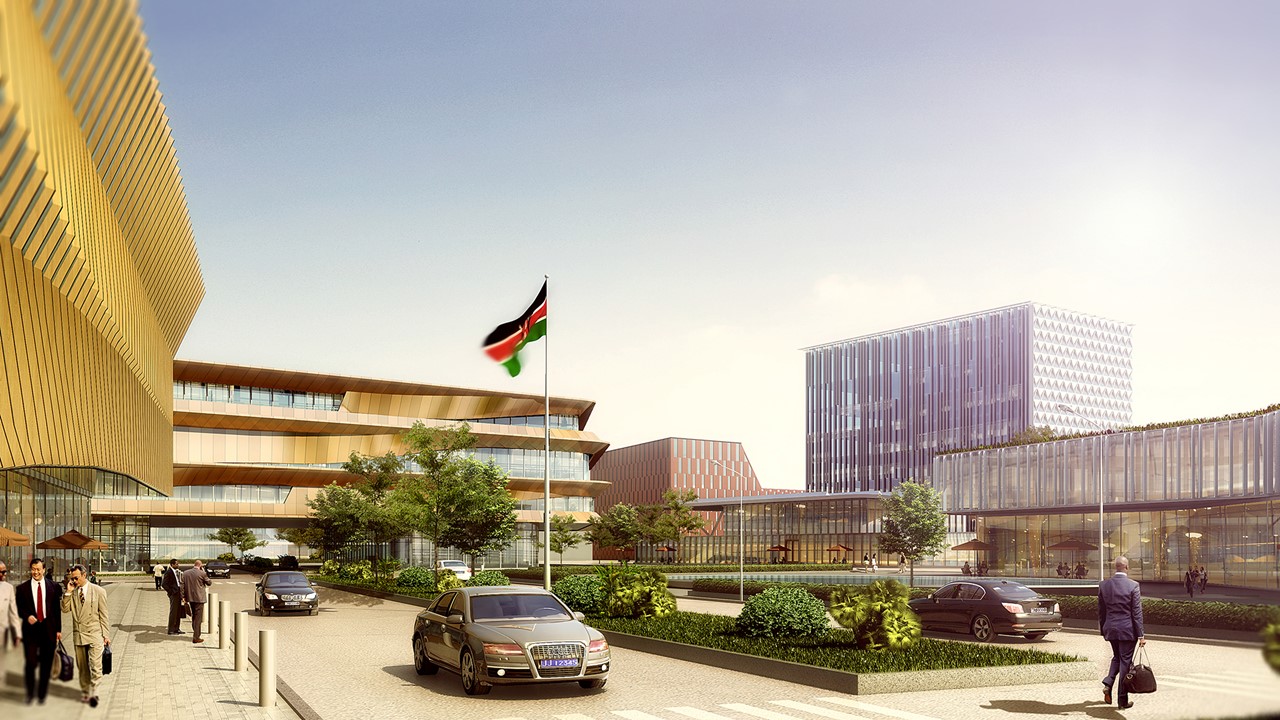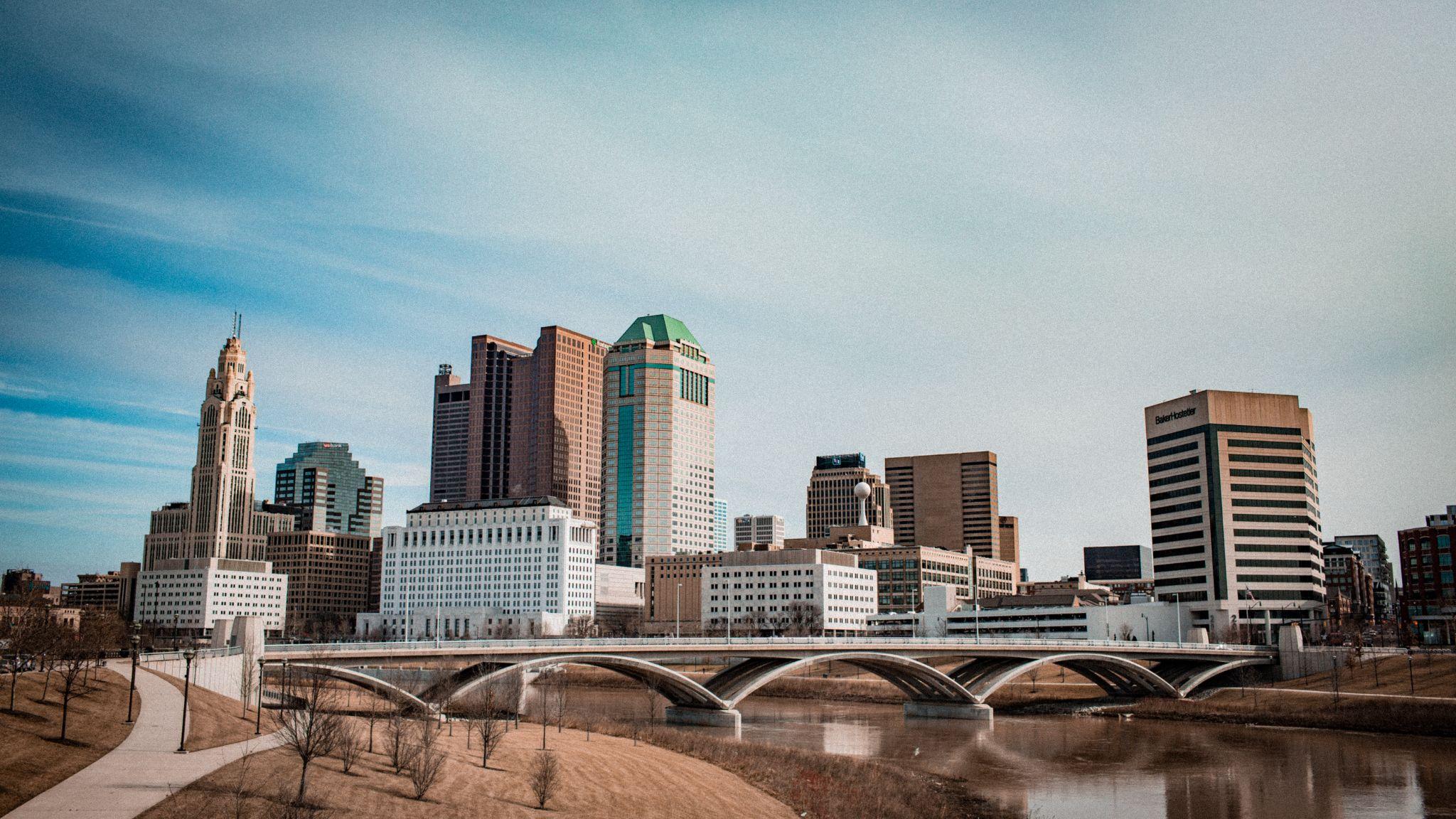Author | Jaime Ramos
Elon Musk does not need any introduction. The South African-born business magnate is determined to go down in history as one of the greatest figures of our time and there are only a few ideas or projects left for him to acquire or fulfill. The most recent of these could be classified as megalomania or utopia. It is called Snailbrook and, essentially, it is a town that is not unlike the original company towns of America.
The electric car revolution, the renewal of the space program to colonize the Moon and Mars, Hyperloop, implantable brain-machine interfaces, Twitter… The intentions and actions of the man, who is currently, the world’s richest person, influences practically everyone on Earth.
His work covers so many areas that it was only a matter of time before Musk decided to build his own town. However, given his track record in so many areas, it is inevitable that doubts would arise around this project, particularly, if Musk’s dream goes beyond urban plans and he actually plans to form a community. But let’s not get ahead of ourselves: this is what we know about Snailbrook so far.
What is Snailbrook and where is it located?

Snailbrook is located in the south-east of Austin, near Bastrop, in Texas (United States), coinciding with two of Elon Musk’s companies: The Boring Company and the aerospace company SpaceX (and not too far from the famous firm Luecke).
The idea of this company town gained relevance after an article in The Wall Street Journal revealed Musk’s actual plans after purchasing 2,430 hectares of land. The same article also revealed some aspects of the project.
What do we know about the town of Snailbrook?
Apart from the article mentioned above and the photos that were filtered through social media, there is very little information about Snailbrook. In theory, Musk does not want to create a utopian city, but rather provide his employees with a tailor-made and practical neighborhood for the common interests of both his employees and his companies.
The WSJ suggested rental prices of USD 800 for one or two bedroom homes, considerably more affordable than other properties in the region. It is interesting that what has also been disclosed is what would happen if an employee were fired: they would have a "courtesy" period of 30 days to vacate the property.
Other than this, there is very little information. This has led to an air of mystery surrounding Snailbrook. On the one hand, graphic documents show how houses for employees have gradually been erected (around 110 homes) and leisure facilities. On the other hand, Musk has not mentioned his intentions. In fact, following the publication of the WSJ article, the millionaire indicated on Twitter that it was all false.
Why does Snailbrook resemble a company town.
"Snailbrook" is the @boringcompany employee (and families) trailer park in Bastrop, TX pic.twitter.com/kwoqMBqS2z
— Chap Ambrose (@chapambrose) November 22, 2022
Although Snailbrook is technologically adapted to our times, it is inevitable to compare it to the nineteenth century concept of a company town. Throughout history, we have seen how particular urban centers have submitted to the interests of a company, and even to the plans of business owners.
Cities associated with the chocolate industry (Bournville and Hershey), Henry Ford’s communities, or Walt Disney’s futuristic city, are very similar to Snailbrook. They all coincide in offering residents a better life in exchange for forming part of a community related physically and spiritually to the main activity of the ant’s nest.
The issue is whether Musk intends to add that urban utopian and/or moralizing touch that would lead one to question what interests would need to be developed among its community members. It is a complex and delicate issue, which we also saw in the examples cited above.
Some company towns, such as Bournville, had their own codes. For example, the sale of alcohol was banned. It may appear to be a "mandatory" contract in which one party offers economic security in exchange for accepting a moral and regulatory code subject to imposed community interests.
Laboratory and/or technocratic towns
In order to apply the utopian definition, the premise must be fulfilled of applying some of the smart city and technological features of smart cities to Musk’s project. Given the magnate’s profile, this is more than possible.
In any event, it would come as no surprise if, in Musk’s case, the utopia became a nightmarish dystopia, bearing in mind that, in other parts of the world, supposed urban laboratories have been sold in the name of progress and urban sustainability. Because, if we talk about utopian cities (with a certain degree of dystopian sub-text), we could cite Toyota’s futuristic company Woven City; or Jack Ma’s ambivalent Cloud Town near Hangzhou (China).
Musk’s history offers some clues as to what Snailbrook would be like.

Given Musk’s track record, Snailbrook is unlikely to be a conventional community. At the moment, even the article in the WSJ suggests that he is influenced by personalities such as Kanye West or his former girlfriend, Grimes. Furthermore, Musk himself will have a home in his "villa".
If we go back in time, we can get an idea of what Musk’s intentions may be. Just over a decade ago, his company Tesla was also considered a utopia for bringing the electric car to the masses. In the automotive industry, many other similar projects ended in disaster.
Those in charge at Tesla, headed by Musk, followed the old capitalist principle of large-scale production in order to offer an affordable electric car. This involved what became known as battery gigafactories. This concept, which helped Tesla achieve its industrial success, has extended across the world as one of the pillars that enables the production of electric vehicles.
However, this milestone contrasts with the outbursts that some of Musk’s employees have had to endure when things were not going so well. Will history repeat itself with Musk directing on a whim, not a battery factory, but a city? Time will tell. The idea, at least, is intriguing.
Images | Flickr/NASA HQ PHOTO, Google Maps, Wikimedia.commons/Smnt








































